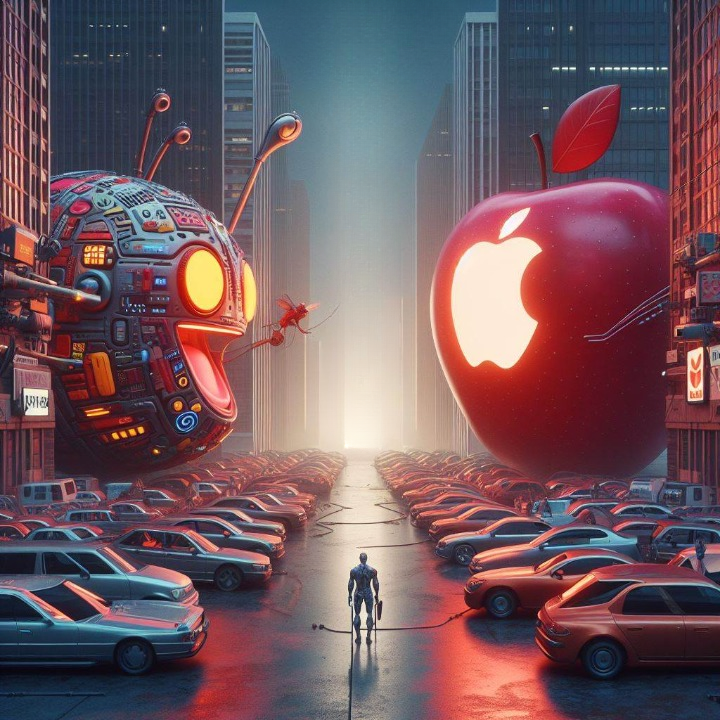
As anticipation builds for the release of Apple's highly anticipated mixed reality (MR) headset, the Vision Pro, discussions surrounding the terminology used to describe immersive technologies have come into focus. While excitement abounds for the innovative capabilities of the Vision Pro, concerns have been raised regarding Apple's language guidelines for developers, particularly in relation to the classification of the device as a "spatial computer."
Apple's decision to eschew conventional terms such as augmented reality (AR), virtual reality (VR), extended reality (XR), or mixed reality (MR) in favor of the term "spatial computing" has sparked debate within the immersive technology community. While the rationale behind this linguistic shift is rooted in the advanced features of the Vision Pro, some developers have voiced apprehension over the restrictive language guidelines imposed by Apple.
As someone who has witnessed the evolution of immersive technology over the past three decades, I understand the importance of disciplined branding in shaping the narrative surrounding these transformative technologies. However, I share the concerns of many within the industry that Apple's efforts to suppress established terminology may be overly restrictive and dismissive of the rich history associated with terms like AR, VR, and MR.
Reflecting on my own experiences in the field, I recall the emergence of terms like virtual reality and augmented reality, which represented significant milestones in the development of immersive technologies. While the landscape of immersive technology has evolved considerably since then, with advancements in hardware and software capabilities, the foundational concepts of VR, AR, and MR remain integral to the discourse surrounding these technologies.
The distinction between AR and MR, in particular, has been a point of confusion for many, with definitions evolving over time to reflect the complexities of immersive experiences. As someone who has dedicated their career to exploring the merging of real and virtual environments, I believe it is essential to maintain clarity in defining these terms to ensure a nuanced understanding of immersive technologies.
While I acknowledge the need for innovation and progress in the language used to describe immersive experiences, I caution against overly prescriptive language guidelines that stifle creativity and limit discourse within the industry. As we look ahead to the release of the Vision Pro and the transformative experiences it promises to deliver, I hope that Apple will strike a balance between fostering innovation and honoring the heritage of immersive technology terminology.
Ultimately, the success of the Vision Pro and other immersive technologies hinges not only on technological advancements but also on the ability to effectively communicate the value and potential of these experiences to users and developers alike. As we navigate this evolving landscape, let us remain mindful of the importance of language in shaping our understanding of immersive technology and its impact on society.